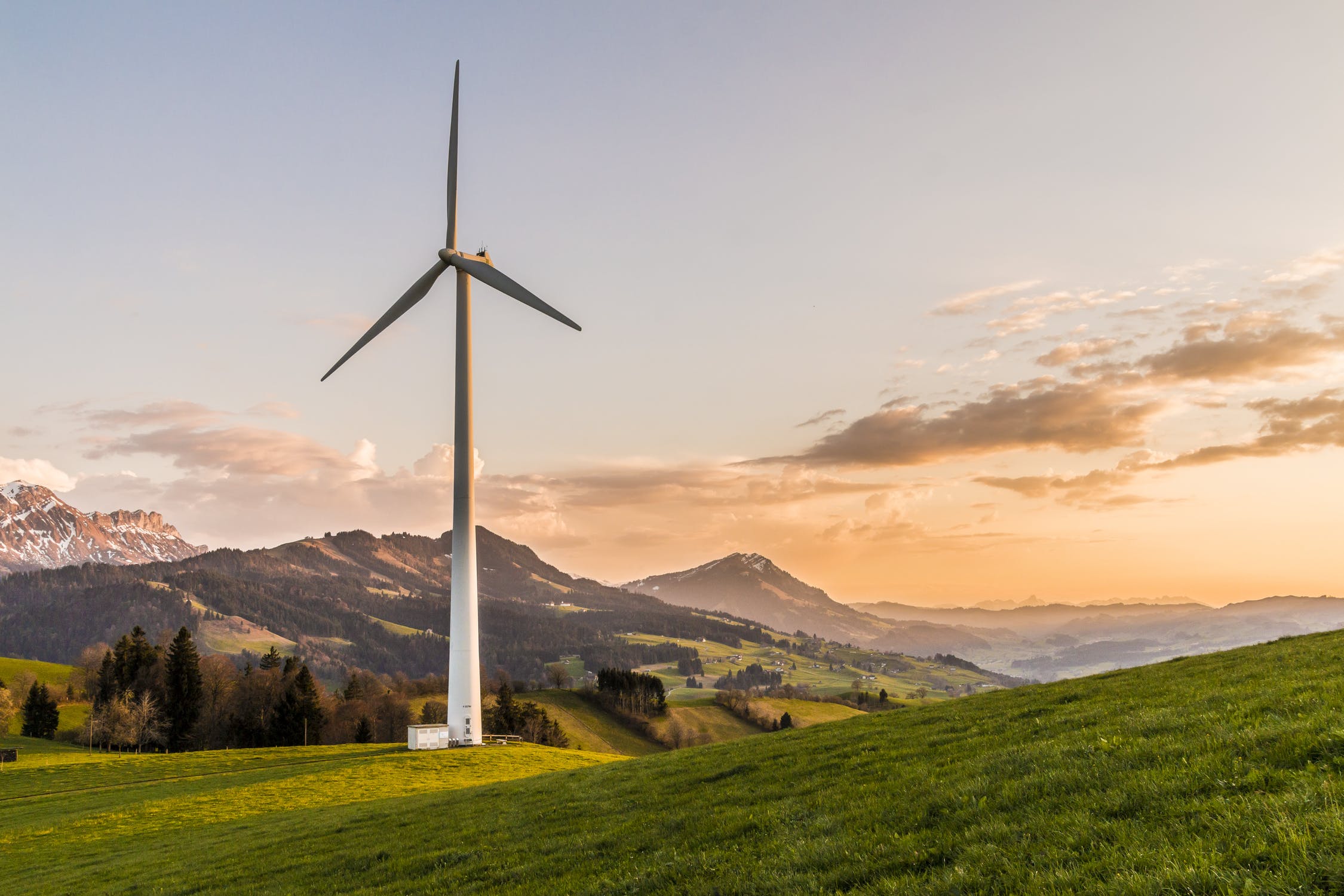It may sound paradoxical, but one of the major obstacles to a large-scale deployment and integration of the so-called renewable energy sources is entirely of an aesthetic nature. Photovoltaic panels and vertical wind turbine generators have been often blamed to be unaesthetic, to the point of spoiling irrevocably the surrounding landscape. Whenever they were been located, a protest arose against them, most of the time from some institutions (like, for example, a local Superintendence for Cultural Assets bureau), sometimes even from a large part of the nearby population.
So an environment-related issue turned unexpectedly into a matter of aesthetics, and the engineers who were working on renewable energies’ exploitation devices got stuck into a dilemma. How to combine technical efficiency, absence of pollution and harmony with the surrounding landscape (in most cases a countryside or, however, a scarcely urbanized area)? That’s how a merely technical problem became something that required a solution in terms of design.
One of the most convincing projects, able to match aesthetics and serviceability, is the helicoidally-shaped wind turbine generator, a design that became reality thanks to the work of a few forward-looking (and forward-thinking) companies, both in Europe and in America. The idea behind this was to exploit the largest amount of wind collectable in a landscape and, at the same time, to respect the surroundings in their colors, shapes and overall appearances. Inspired by the harmony of golden ratio’s proportions rule (one of the most recurrent ones in nature), this family of generators are able to mingle perfectly with a huge variety of landscapes, from the mountains to the countryside, and even the offshore sea areas: many manufacturing companies make them available in different sizes and colors, so that they can perfectly fit every area allocated for housing them.
According to a reliable report (available here), in 2019 another the equivalent of 15,4 GW in wind turbine devices have been installed all over Europe (the 2020 data are not available yet). Denmark, Ireland and Portugal are the countries that have enhanced the most their capability to produce immediately usable energy from wind: and it does not seem a coincidence that it deals with three countries able to take advantage of air currents coming from the ocean. In more general terms, United Kingdom (still considered in this report, despite the upcoming exit from the EU), Spain, Germany, Sweden and France are the most virtuous countries in this specific sector. By the next years, the biggest growth expectations come from Germany again (despite a substantial decline of its onshore wind energy production between 2017 and 2019), along with Belgium and The Netherlands: this is mainly due to the peculiar conformation of their territories, with their vast plains ploughed by strong and consistent winds. Other countries, such as Italy, Greece, Balkan and Carpathian nations, are less favored because of the large mountain areas spread all over their territories and the lack of outlets to the ocean. Nevertheless, they can do much more in terms of alternative energies development, and the EU aims to encourage this practice in all Member States.

